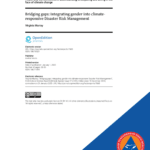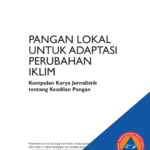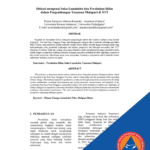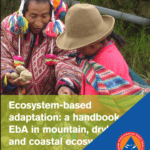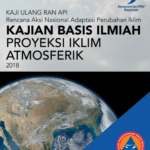Response of Growth Components and Yield of Four Mung Bean Varieties to Drought Stress
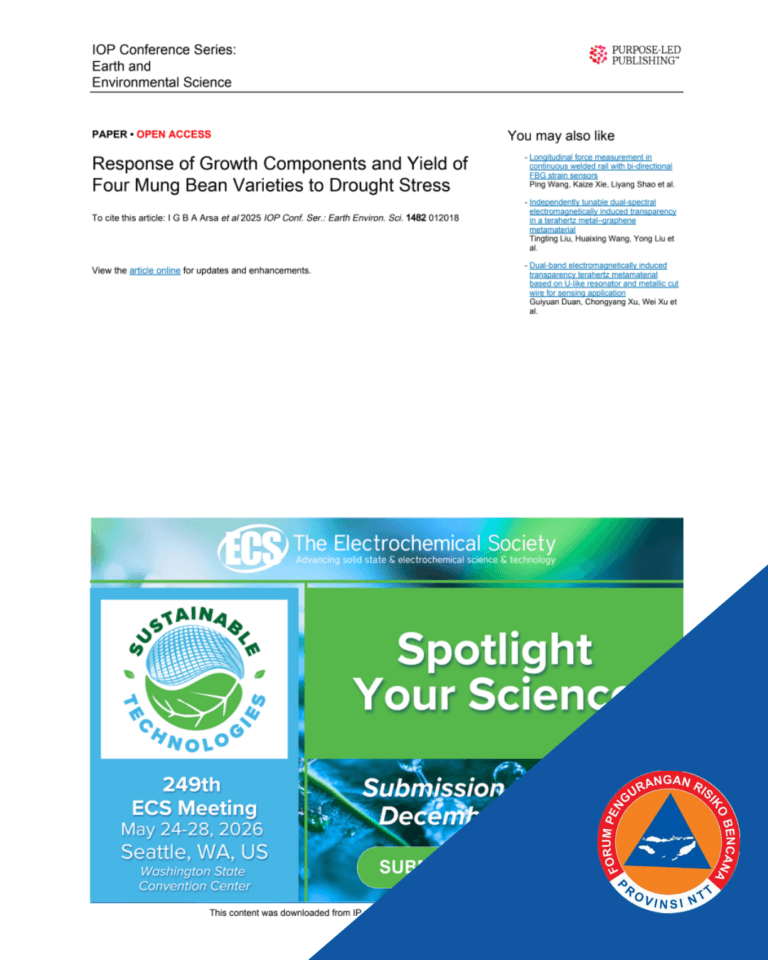
Deskripsi:
This article discusses the growth and yield responses of four green bean varieties to drought stress. The study aims to evaluate which variety is the most tolerant to higher levels of drought stress, using a completely randomized design with various levels of Plant Water Requirement (PWR). The levels of drought stress tested include 100%, 90%, 80%, 70%, and 60% of PWR. The varieties tested are Local Belu, Local Flores, Vima-3, and Kutilang. The results show that drought stress at 60% and 70% PWR significantly reduced plant height and leaf number compared to 100% PWR. The seed weight per plant began to decrease from the 90% PWR level. The differences among varieties showed a significant effect on several plant characteristics, including the number of leaves at 4 and 6 weeks after planting. The productivity of green beans in East Nusa Tenggara Province is classified as low, with an average of about 0.7 – 0.90 tons/ha, compared to the optimal potential of 1.50 – 2.0 tons/ha. Therefore, breeding programs are needed to improve drought tolerance, especially during critical phases such as flowering and seed formation. The plant responses to drought stress involve physiological, morphological, and anatomical changes, including osmotic adjustments and proline production. Two local varieties, Local Belu and Local Ende, are compared with superior varieties to assess drought tolerance. This research uses a factorial treatment design of 5 x 4 with three replications, resulting in 60 experimental units with both destructive and non-destructive observations. Data analysis is conducted using ANOVA, HSD test, and simple correlation analysis at a significance level of 5%. Proline content is measured using the reaction method with ninhydrin acid to assess the plant’s ability to cope with drought stress.

